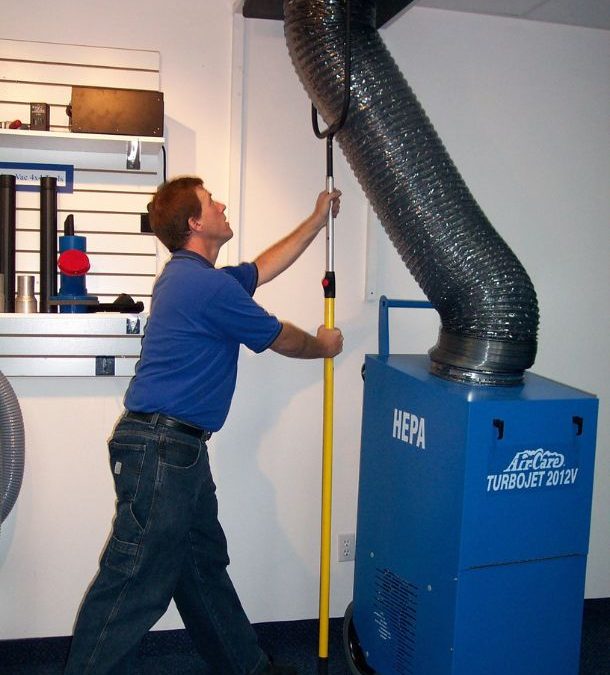Air duct maintenance is an essential part of keeping your home comfortable and your HVAC system running efficiently. Proper care can help extend the lifespan of your system, improve indoor air quality, and even lower energy bills. However, many homeowners remain unsure about how often air ducts should be cleaned or inspected. This guide provides an in-depth look at the factors influencing maintenance frequency and why it’s crucial for every home.
Why Air Duct Maintenance Matters
Air ducts are the veins of your HVAC system, distributing conditioned air throughout your home. Over time, dust, debris, and allergens can accumulate within the ducts, impacting system performance and air quality. Neglected air ducts can lead to:
- Poor indoor air quality: Dust and allergens in the air ducts may circulate in your living spaces, aggravating allergies or respiratory issues.
- Reduced system efficiency: A clogged system works harder, leading to increased energy consumption and potential wear and tear.
- Higher maintenance costs: Addressing issues early reduces the risk of expensive repairs caused by neglect.
Recommended Maintenance Frequency
The general guideline for air duct cleaning is every 3 to 5 years, but specific factors may require more frequent maintenance:
- Home Occupants
- Allergy sufferers or asthma patients: Homes with sensitive occupants benefit from cleaning every 1 to 2 years.
- Pets: Homes with shedding pets or multiple animals may require cleaning more often due to fur and dander accumulation.
- Environmental Conditions
- Dusty climates: Homes in areas prone to dust or pollution may need annual cleaning.
- Recent renovations: Construction work generates debris that can settle in your ducts, requiring immediate cleaning post-project.
- System Usage
- High HVAC usage: Homes with year-round HVAC operation may need more frequent maintenance compared to homes in moderate climates.
Signs Your Air Ducts Need Immediate Attention
Even if you’re within the recommended cleaning interval, some signs indicate urgent attention is necessary:
- Unusual dust accumulation near vents.
- Mold growth or a musty smell in the home.
- Noticeable decrease in airflow from vents.
- Higher than usual energy bills without increased usage.
When these signs appear, contacting a professional air duct cleaning service promptly can prevent further damage.
How to Keep Your Air Ducts in Good Shape Between Cleanings
While professional cleaning is critical, regular maintenance can help extend the intervals between deep cleanings. Consider the following practices:
- Replace filters regularly: High-quality HVAC filters capture a significant amount of airborne debris before it enters the ductwork.
- Vacuum vents and registers: Routine vacuuming of vent covers prevents dirt buildup.
- Inspect for leaks or blockages: Periodically check for visible cracks or obstructions in your ducts.
These small, ongoing steps ensure your system stays efficient and your air remains clean.
The Bottom Line
Understanding air duct maintenance frequency and its contributing factors empowers homeowners to make informed decisions. Whether you need routine cleaning or are addressing specific issues like mold or reduced airflow, keeping your ducts in optimal condition benefits your household in the long run. For best results, consult a professional service to ensure thorough and safe cleaning tailored to your home’s unique needs.

